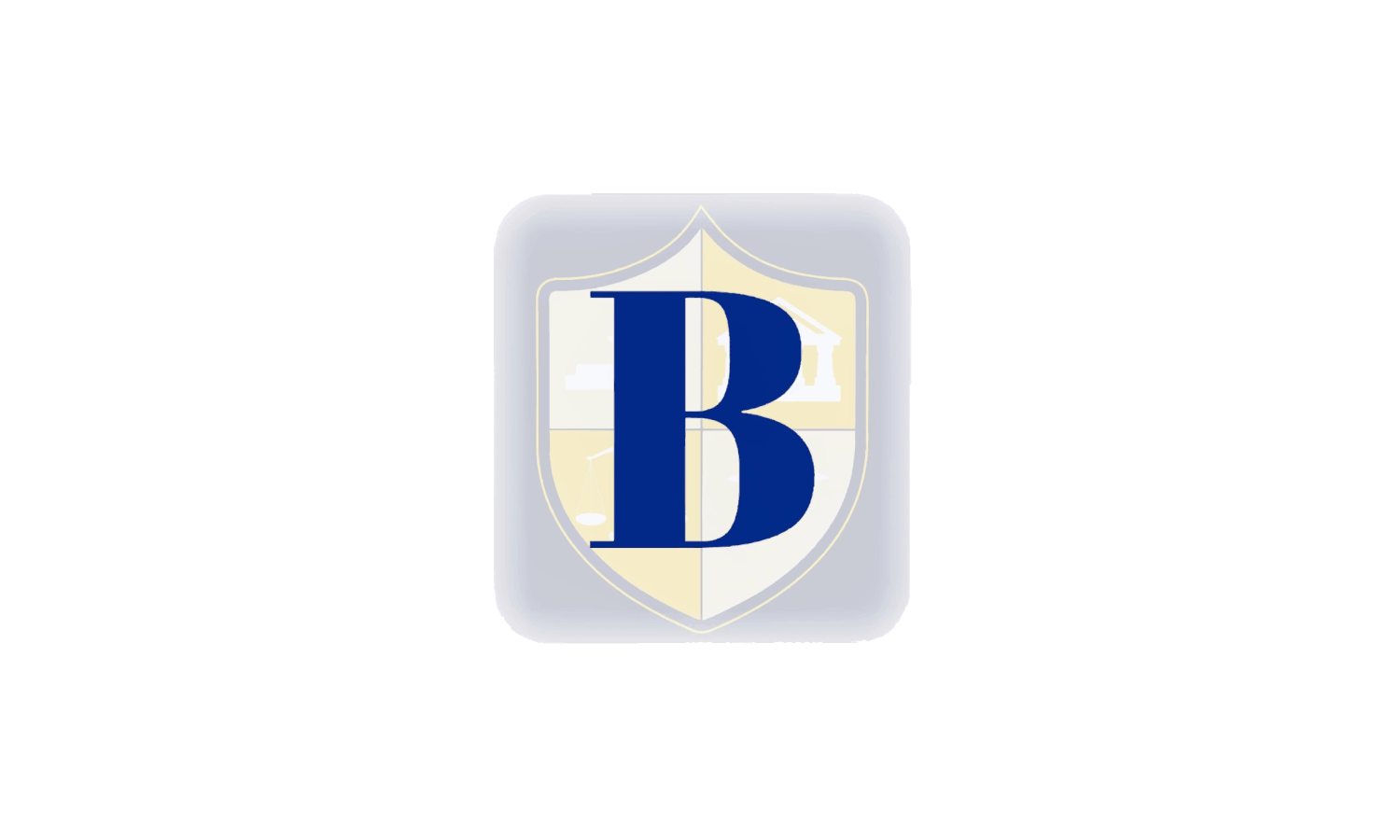The ability to anticipate future trends, challenges, and opportunities has become paramount in the ever-evolving business landscape. This is where business forecasting techniques play a pivotal role. These techniques, grounded in data analysis and informed judgment, enable organizations to make informed decisions, allocate resources effectively, and stay ahead of the curve. Let's delve into business forecasting and explore some of the most widely used techniques and their applications.
Understanding Business Forecasting:
Business forecasting predicts future business trends based on historical data, market analysis, and other relevant factors. It serves as a compass for businesses, guiding them through uncertainty and helping them prepare for what lies ahead. Forecasting provides a roadmap for decision-makers to steer their organizations in the right direction, whether predicting sales, product demand, financial performance, or market conditions.
Common Business Forecasting Techniques and Applications:
Time Series Analysis: Time series analysis involves examining historical data to identify patterns and trends over a specific period. This technique is invaluable for predicting sales, demand, and financial performance. Organizations can make accurate forecasts for future periods by analyzing past data points. For example, retailers often use time series analysis to predict seasonal demand fluctuations, enabling them to optimize inventory and staffing levels.
Regression Analysis: Regression analysis explores the relationship between one or more independent variables and a dependent variable. It helps understand how changes in the independent variables impact the dependent variable. Businesses use regression analysis to forecast sales, pricing, and market share outcomes. For instance, a company might use regression to predict how changes in advertising spending affect sales revenue.
Qualitative Forecasting: Qualitative forecasting relies on expert judgment, market intelligence, and subjective opinions to make predictions. This technique is instrumental when dealing with situations where historical data is limited or unreliable. Qualitative methods include Delphi (collecting expert input), market research, and focus groups. It's often used in emerging industries or when launching new products.
Moving Averages: Moving averages smooth out fluctuations in data by calculating averages of subsets of data points over a specified period. This technique helps identify trends hidden beneath the noise. Businesses use moving averages to predict short-term trends and eliminate random fluctuations. Stock traders, for example, use moving averages to gauge market trends and make investment decisions.
Exponential Smoothing: Exponential smoothing assigns different weights to different historical data points, giving more importance to recent data. This technique is suitable for data with trends and seasonality. It's widely used in finance for predicting stock prices and demand forecasting for products with fluctuating sales patterns.
Scenario Analysis: Scenario analysis involves creating multiple scenarios based on different assumptions and assessing their potential impacts. This technique helps businesses prepare for various possible outcomes and make contingency plans. It's often used in risk assessment and strategic planning. For instance, energy companies might use scenario analysis to forecast future oil prices and plan accordingly.
Business forecasting techniques are indispensable tools that empower organizations to navigate uncertainty confidently. By combining historical data, statistical methods, expert insights, and market analysis, businesses can paint a clearer picture of the future. Forecasting applications are vast and varied, from optimizing inventory levels to devising marketing strategies and managing financial resources. As technology advances, organizations can harness the power of sophisticated data analytics tools to refine their forecasting models and make even more accurate predictions. Ultimately, embracing business forecasting is not just a strategic choice; it's a proactive step toward success in an unpredictable business world.
